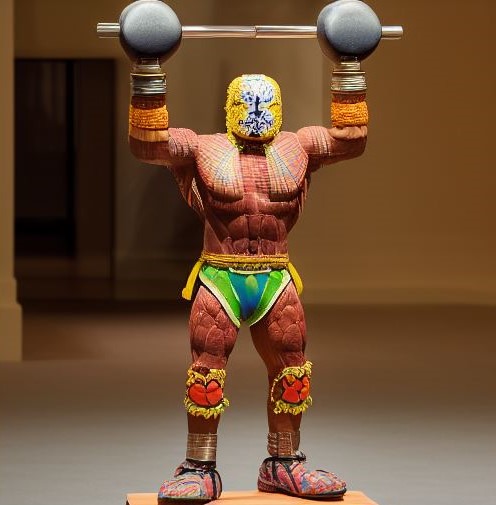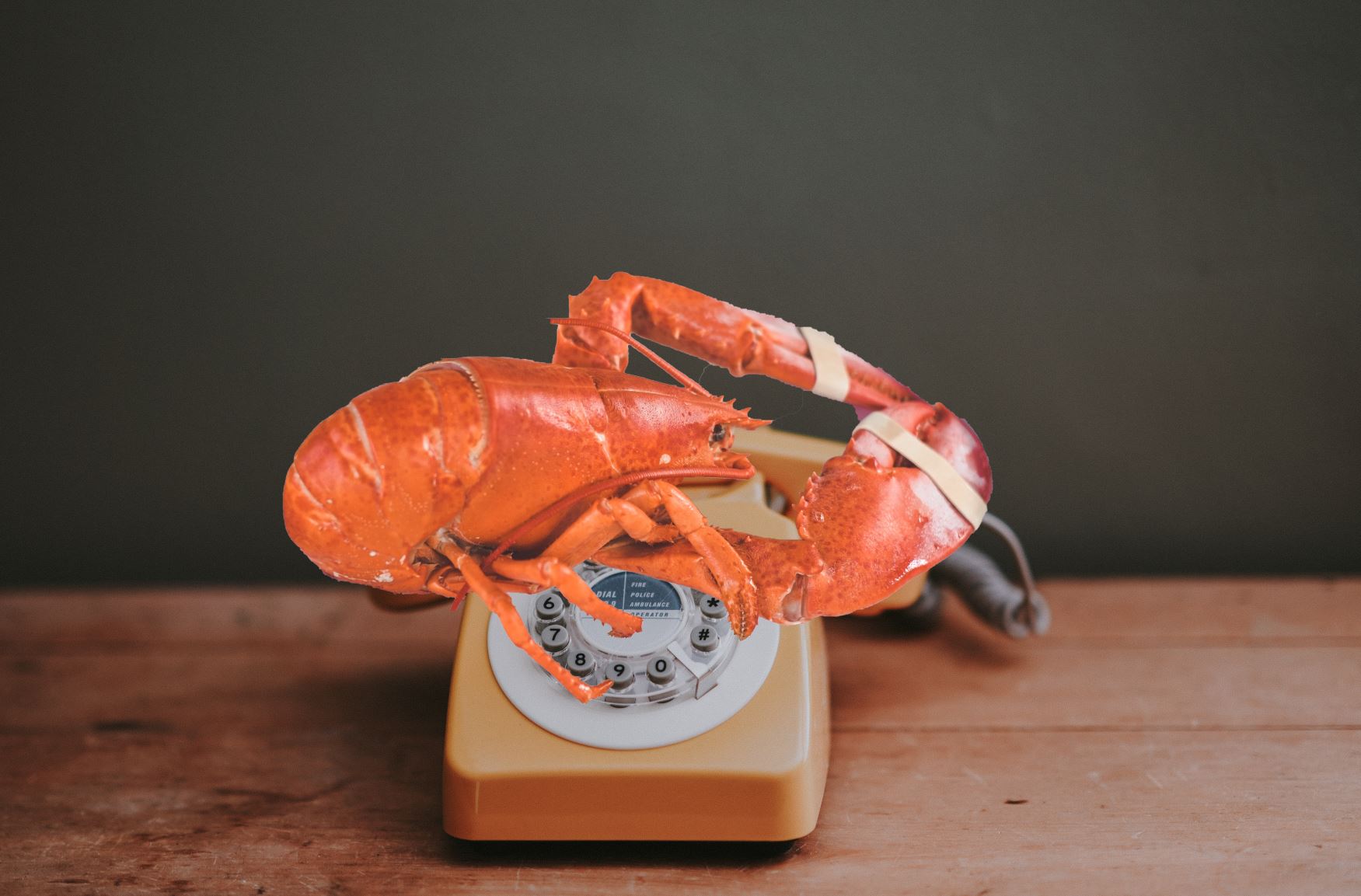The issues with AI art
Thanks to the latest advances in machine learning research, and a virtually unlimited amount of compute and training data from the internet, you can now generate pictures of a monkey paying his taxes, or cavemen taking a group selfie. Amazing, right?
And yet, people are angry that someone won an art competition with an AI-generated artwork.
Many subreddits are now banning AI art. And some people are concerned that huge tech organisations are “stealing” artists by training their models on their artwork, without giving them credit.
Ten years ago, a NYT bestseller that you could even buy at the MoMa, told us that any creative work builds on the shoulder of giants, and that nothing is completely original. But if now that a machine is involved in the process, it has become an issue for some.
It is just yet another (awesome) tool
AI models are just yet another tool in our toolbox, but very cool and powerful ones. Who wouldn’t want superpowers? Even if it is only part of a broader pipeline: you have to think about your content, post process things, etc…
It’s very much the same old debate we’ve had centuries ago about photography versus painting, and no one nowadays seriously consider photography as “fake” or “cheating” because you “just press a button”.
“Small” models like stablediffusion also lower the barrier to entry for some type of content generation, and democratization of art is always a great thing. All you need is a computer with a relatively recent GPU, and a bit of time. I’ve found it to be a stunning tool to create mood boards, to iterate on your ideas and assist you.
For instance, I’ve been trying to create some figurines, inspired by some art movements, iconographies, and personal life experiences. While I am not the one who ultimately rendered these images, I’ve designed them, iterated on them, curated and post processed the results. And I like the outcome so much I am now researching how to make them “in real life”!
A figurine of a lucha libre fighter
It would be both challenging and costly for me to have access to:
- a photo studio,
- professional lighting,
- a model,
- and a make up artist
I also lack professional experience as a photographer. But I can use a diffusion model to generate pictures I want, guiding the generations to something I envision.
I am also missing a huge piece of Kobe beef for such pictures, here I could quickly visualize and evaluate a silly concept without having to declare bankruptcy:
Why? because I could.
And if I like the result enough, I might try to make them happen.
It is not as easy as you think
Painting is super easy, kids can do it, creating a masterpiece is hard. But this is just an opinion, you are free to think differently. Let assume for a moment that the single most important thing to measure the value of an artwork is how hard it is to create it. Fine.
How could we (re)create something like (a photograph of) the famous Lobster telephone from Dali?
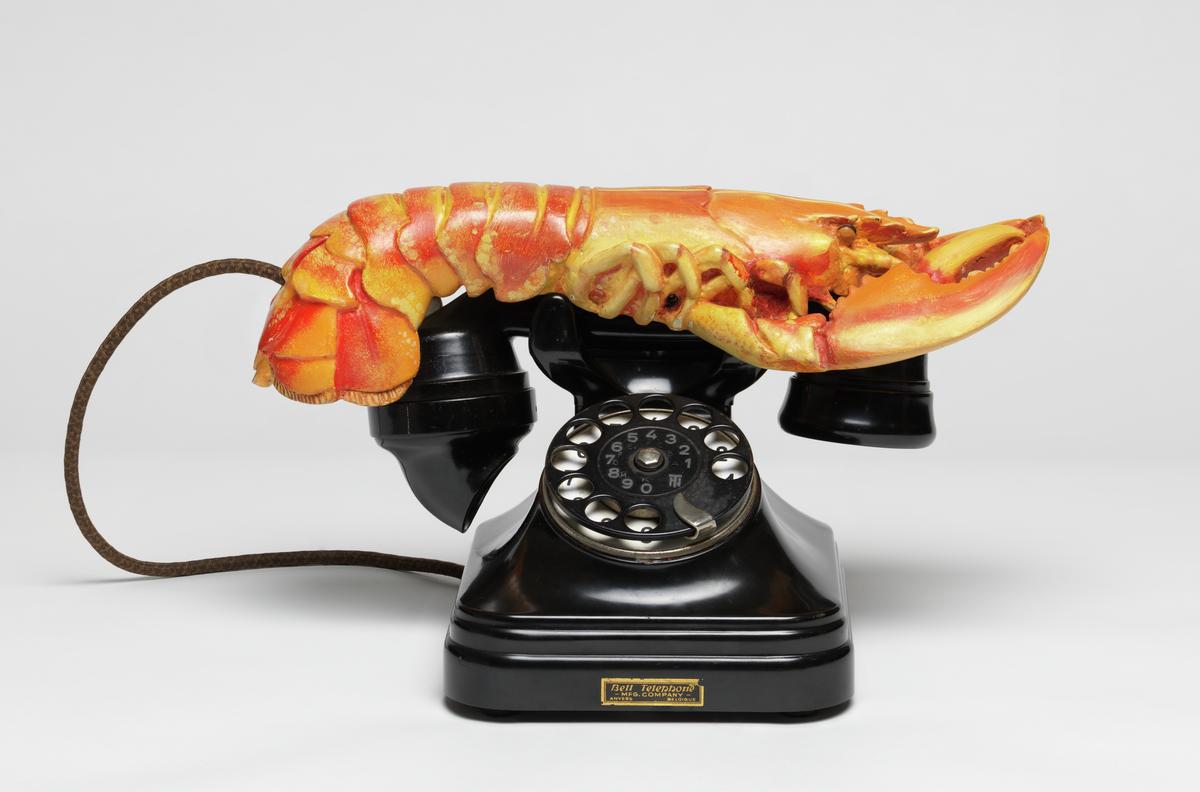
© Salvador Dali, Gala-Salvador Dali Foundation/DACS, London 2020"
After all, we’ve been told that:
“fine tuning and curating” …as if that takes any effort at all
So what should a true artist do? Just go on Amazon and order:
- A plastic lobster (it’s a cool one if you ask me)
- A retro style landline telephone
One-day delivery, a bit of superglue later, a picture with your phone, and we have a Dali at home. That’s what true artist do.
Now let’s wear our low effort, AI artist hat. Easy, we install a popular UI for Stable Diffusion, we follow the instructions to download the model from Stability AI here, we’re ready to flood the world with masterpieces, and to be rich and famous. Let’s not bother with “fine tuning and curating”, we’ve been told it’s effortless anyway:
A lobster on top of a landline telephone
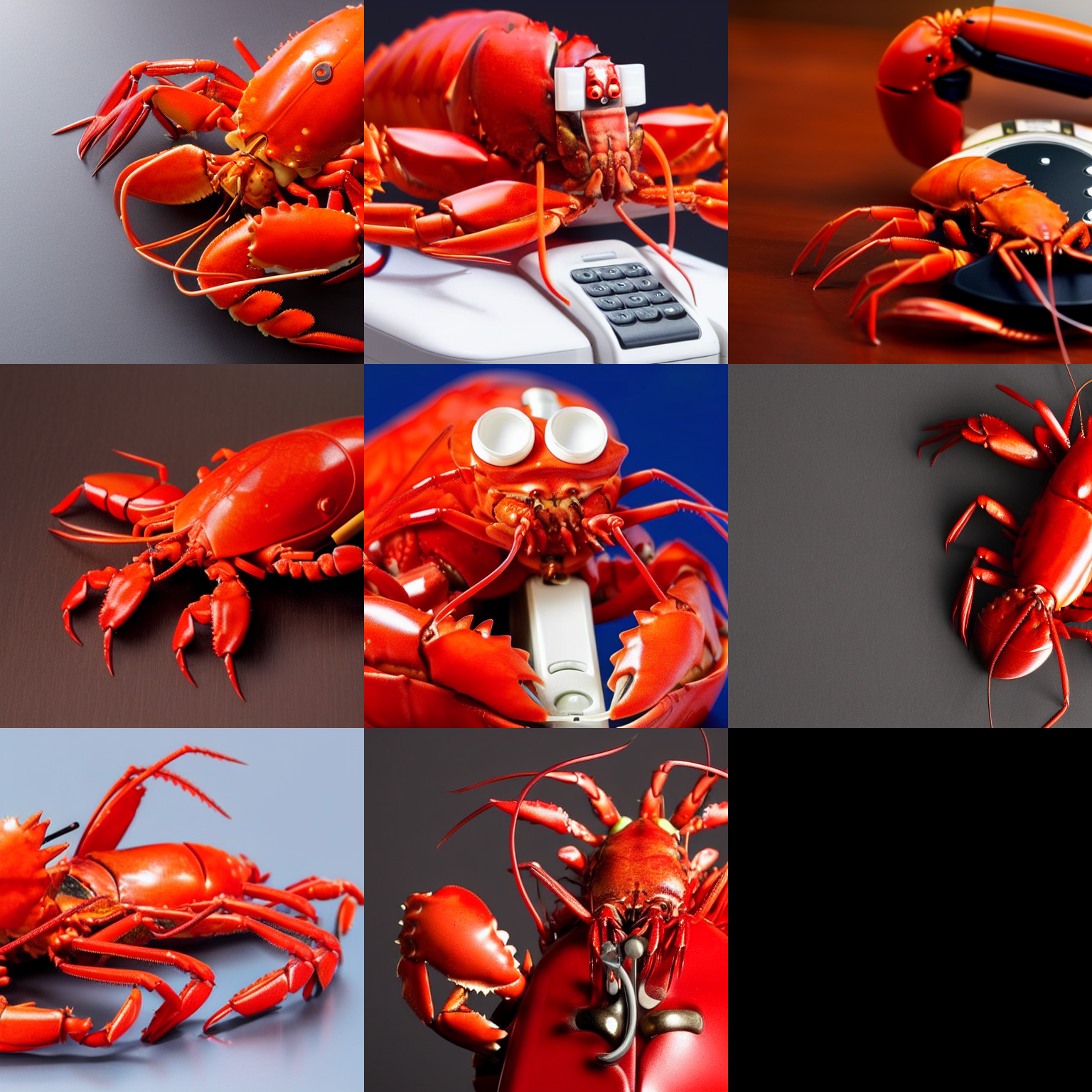
Well, this is nice, a bit trippy, and definitely super impressive if you’ve been playing with ML generative models since the early days or just a few years ago. But quite far from what we really want, and a world apart from the winning submission from the art contest. It did take me some trial and error to have a loosely satisfying result, and the zoologists among us will notice it looks more like a crab than a lobster:

This one is more like a lobster, but for some reason we have a wild crab next to it:
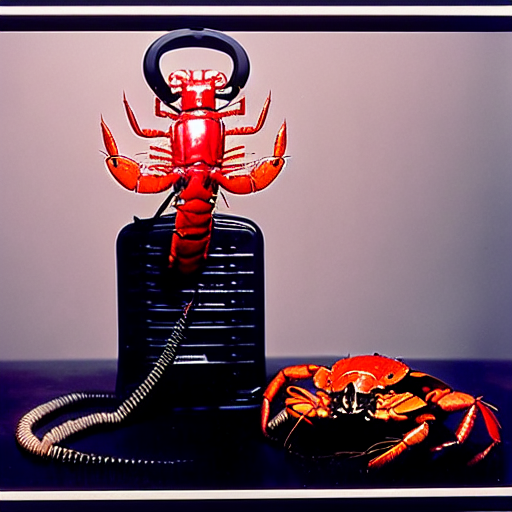
The telephone also doesn’t look much like a telephone there. You can also notice:
- Some artifacts, inconsistencies and issues making the raw image often unusable
- A relatively low resolution (here we output a 512x512 px image, compare to the level of details here or the resolution of a modern mirrorless camera)
It is honestly quicker and better to do a 2-minute job on Photoshop using 2 images (this one and this one, thanks to the photographers) found on Unsplash.
Interestingly, Adobe is integrating AI-based features in their products nowadays. And no one denies the status of “artwork” or the paternity of it, for anything created with Photoshop, Illustrator, Blender or Procreate.
Given the pace of the industry, I have little doubts that we will soon overcome the limitations of the current models. But it feels a bit ill-informed to me to say that AI art isn’t art because it is effortless, quick and unfair to traditional artists.
Art isn’t only about great execution
It has never been about the tools themselves, but the intent, idea and obviously a great execution. It didn’t take a lot of technique to plug a lobster on a phone, or to paint a canvas in blue, yet no one denies that Dalí or Klein were artists and pioneers.
Intent and ideation matter, and sometimes more than the technique and tools.
Final thoughts
There is indeed the obvious topic of IP protection and allowing professional artists to live from their art that feed the model during training.
We cannot envision a sad, dystopian world where all the content creation is made by some mega corporations, harvesting and ripping off the work of thousands of struggling artists, to output cheap copies on request.
There is a business model to find, an industry to adapt, and everyone concerned can take part in the discussion. I find it quite exciting.
TL;DR
Whilst this is a very ongoing and heated debate in the artistic communities, I believe tools like stablediffusion aren’t the enemy. It takes a certain skill set, some practice and craftsmanship to get good results. Also, having a good knowledge of fine arts, artists and aesthetics helps, you cannot just skip this, press a button and steadily output great “artworks”. Once you’ve learned how to use them, it can become an empowering tool for everyone and especially the professional artists, not a threat.
You should give it a try to forge your own opinion, it’s quick to setup and can run locally on a consumer desktop thanks to the great work of Stability AI and its commitment to open research!

